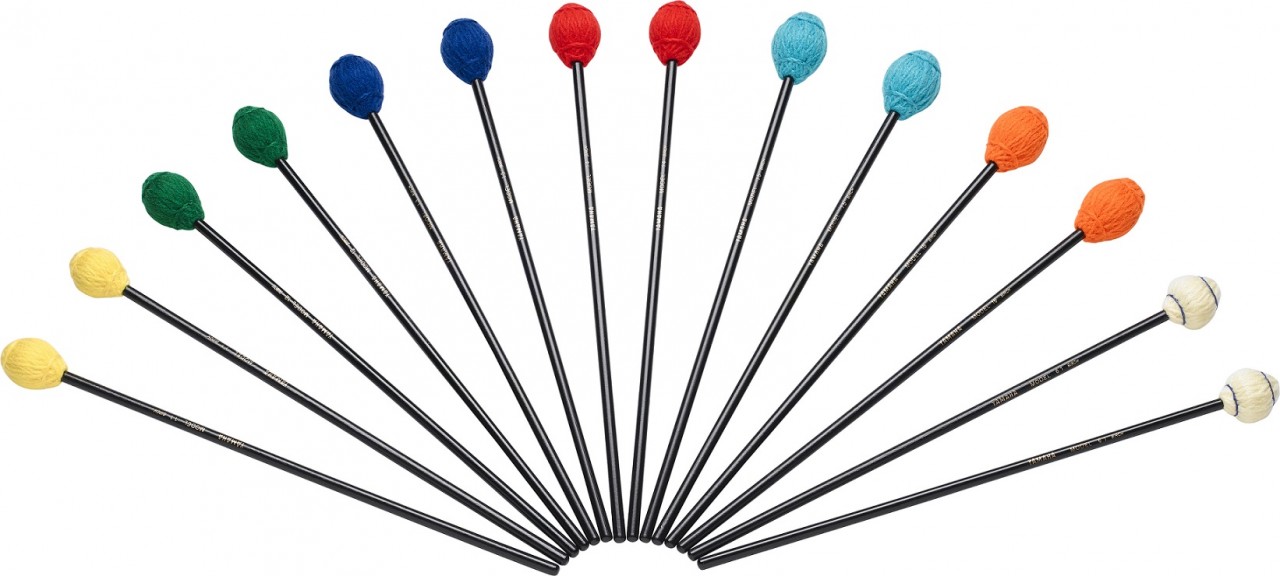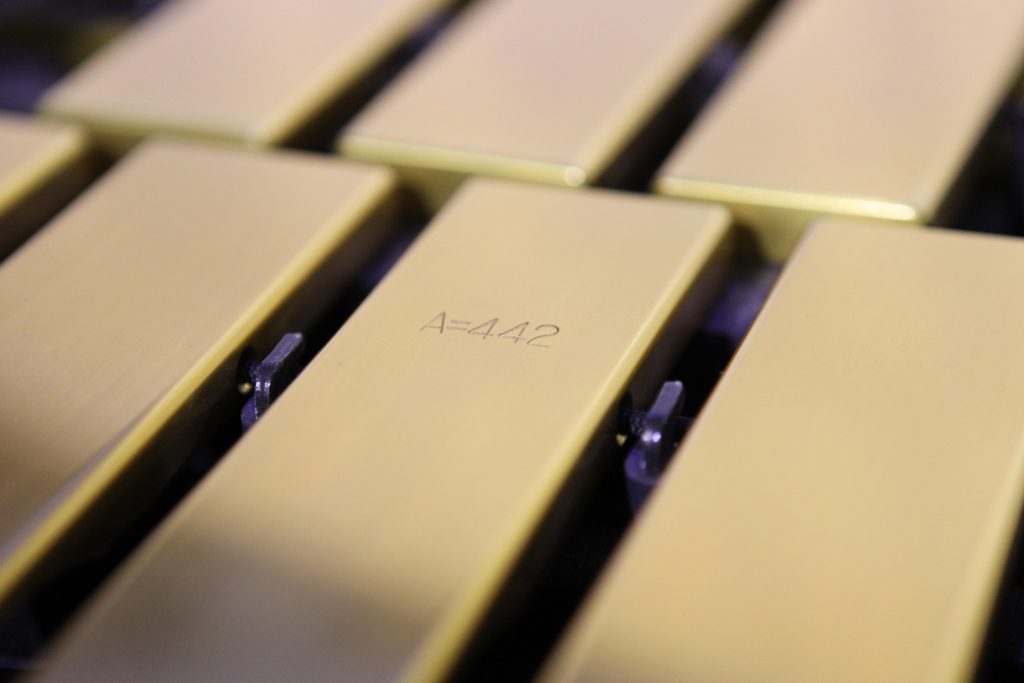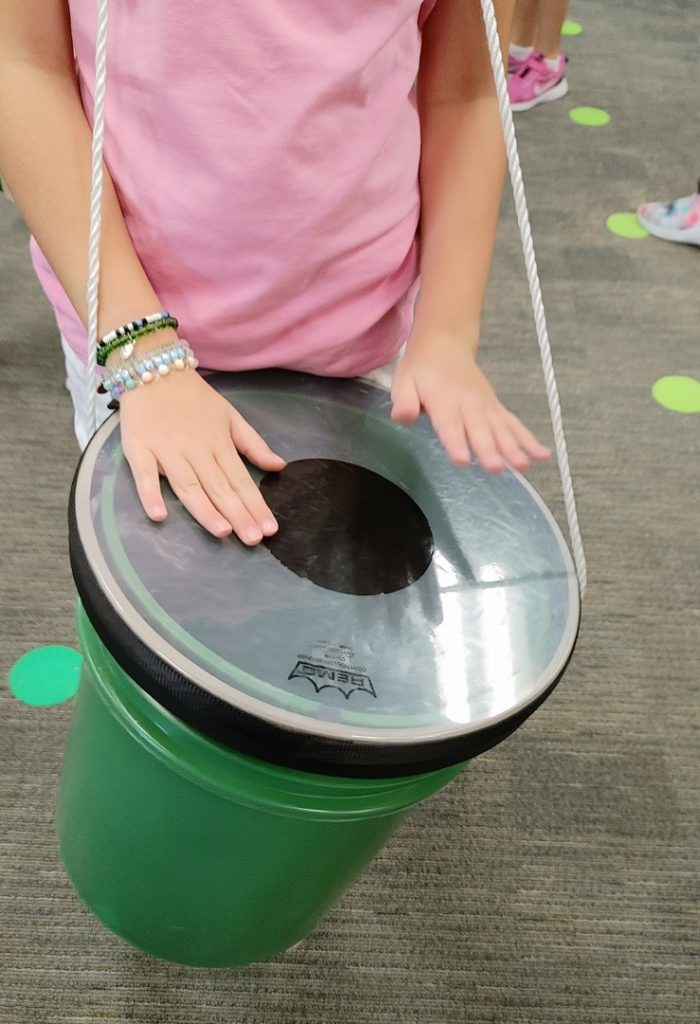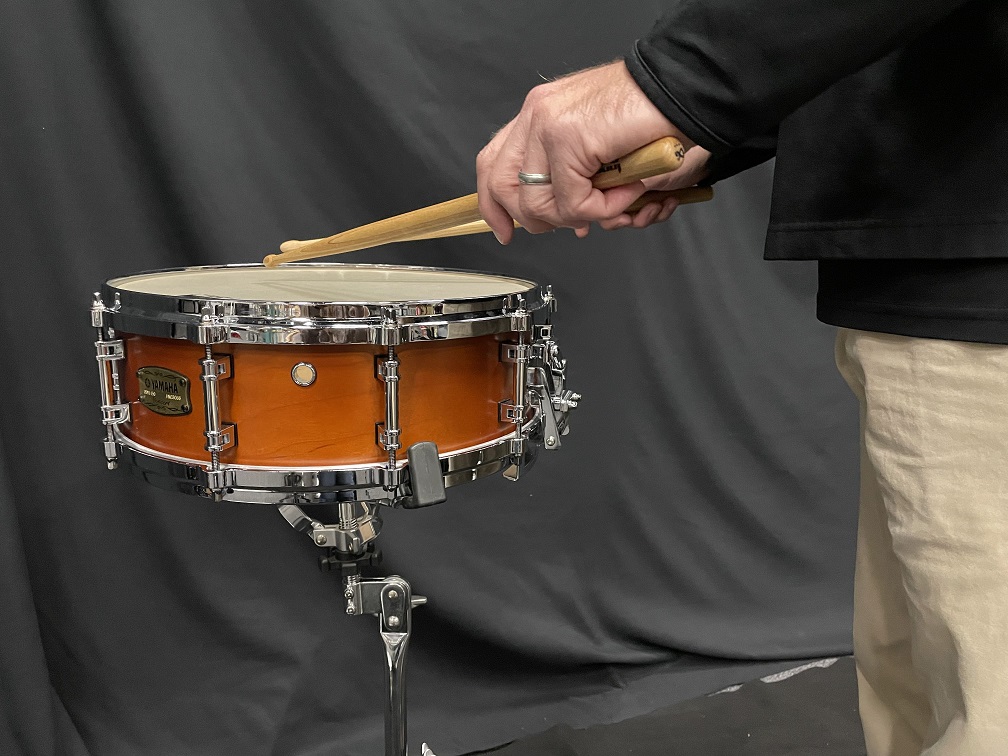Deconstructing Mallets: Find the Best Mallets for Your Percussion Section
Understanding the different parts of a mallet will help you make the smartest selections for your percussion section.
Once upon a time, mallet choices were limited. The hardness of a mallet was the most dramatic way to change the sound of an instrument. Today, a variety of percussion implements are available, which has complicated the selection process.
The age-old “use-a-harder-stick” solution to fix ensemble issues is no longer the only or best option. Mallet manufacturers now consider a range of characteristics, which allows directors and percussionists to make appropriate and nuanced selections for the challenges presented by different music compositions.
The following guide will help illustrate how the different characteristics of mallets affect the sound of a keyboard instrument so that students and conductors can make more informed decisions when purchasing and selecting mallets.
Before we begin, I want to emphasize that mallet choice isn’t the only way to affect the sound of a percussion instrument. I highly recommend reading James Campbell’s chapter — “Teaching Young Percussionists to Make Musical Choices” — in “The Drums and Percussion Cookbook.” He thoroughly covers touch and articulation.
In many cases, going to extremes in mallet choice requires percussionists to use touch to negotiate undesired sounds, which can create challenges. In other cases, switching mallets alleviates problems presented by extreme variations of touch and articulation that your students may have. It’s best to consider both touch and mallet choice in tandem when selecting sounds for a piece of music.
Hardness

Mallet hardness affects how overtones will sound and largely controls how bright the overall sound will be. Harder mallets are brighter, and softer mallets are darker. This is largely due to the dampening effect softer sticks have on the higher frequencies of an instrument. For this same reason, harder sticks tend to obscure the fundamental pitch while softer mallets can lack clarity in busy textures.
It is common for percussionists and conductors to go to a harder mallet when they need more volume. This usually leads to a brittle sound that, although more audible, isn’t always the most appropriate. Harder mallets also run the risk of introducing a “click” that isn’t usually considered a desired tone. Additionally, harder mallets can lead to premature wear and intonation problems with the instrument over time. For these reasons, many players avoid brass mallets on crotales (antique cymbals) or bell kits made from aluminum; instead, they favor aluminum or hard plastic mallets.
Always remember that the mallet should never be harder than the bar of the instrument. For example, on rosewood xylophones, use plastic, not metal.
Core Material

The mallet head consists of a core and, in the case of wrapped mallets, a wrapping. The material of the core can influence the sound independently of its hardness. Cores are usually categorized as rubber (also known as latex) or plastic (also known as synthetic). Overall, synthetic cores tend to have a brighter and clearer attack with a more staccato sound, while rubber cores tend to have a warmer, more blended attack with a more tenuto sound.
Unwrapped mallets come in an ever-increasing number of materials, but ultimately fall into the following categories: plastic, rubber, wood and metal. Rubber is the considered the softest core material. Wood is typically harder than plastic, but warmer. Metal is the extreme in hardness for mallets and should be limited to steel instruments, in most cases.
Weight
A mallet’s weight largely determines how full the sound of the instrument will be. Lighter sticks tend to produce delicate and legato sounds more appropriate for solo passages. Heavier sticks produce fuller and bolder sounds better suited for ensemble situations. Heavier mallets also have a higher limit to how loud they can sound before being overplayed and creating a distorted sound.
Weight used to be largely an issue of core material, but manufactures have been using brass to add weight to mallet cores, which has led to mallets with very specific balances and weights.
Lift is a large part of a percussionist’s touch and, as you would imagine, heavier mallets require more effort to lift. This can limit how staccato a student can play at first. With younger students, there is a risk of injury due to strain or tension from using heavy mallets.
Head Shape and Size
The size and shape of the mallet head determines the amount of contact the mallet has with the instrument, which affects tone. A wider contact surface usually leads to a less pointed attack while a narrower contact surface tends to lead to a more pointed attack. If the shape stays the same (ball, barrel or disc), larger mallets naturally have more contact area as well as more weight. For marimba and vibraphone mallets, the shape applies to the core, but can usually still be seen through the wrapping.
Ball: The most popular mallet shape is ball. Most marimba mallets and many vibraphone mallets have a ball-shaped core. Consider this the middle ground for mallet shapes.
Mushroom: Mushroom-shaped mallets are often used with the vibraphone. They tend to provide a slightly more pointed sound than ball-shaped mallets.
Disc: Percussionists who want the most pointed sound usually choose disc-shaped mallets. Some manufacturers shape disc heads for specific effects. Due to their short stature, disc-shaped heads are often used to reduce a mallet’s weight without changing the contact area.
Barrel: Barrel- or egg-shaped mallets tend to have very broad sounds. Due to their typically large size, these shapes are often used to add weight to the mallet and are often paired with a hard material to generate an aggressive, full sound.
Wrap

The wrap around mallets intended for marimba, vibraphone and cymbals affects the contact sound of the mallet. Different wraps used to be associated with specific instruments, but that is no longer the case.
Yarn: Yarn softens the contact sound, yielding a slightly more legato or open sound. Mallets wrapped in yarn are best for solo playing. In ensemble settings, they may help blend the instrument into the ensemble or smooth out rolls. Percussionists should also consider how tightly wrapped the yarn is. Looser wrapping exaggerates the softening effect of the yarn and allows for a “multi-tonal” effect. Tighter wrapping creates a clearer sound. Some manufactures use different types of yarn to create different nuances. The variety of possible sounds is numerous, but fairly subtle in the ensemble context. Beware that yarn is prone to wearing quickly when overplayed or used on metal instruments like vibraphone and cymbals.
Cord: Cord tends to create a more immediate sound with slightly brighter overtones because it is harder and usually wrapped much tighter than yarn. Cord-wrapped mallets are often used with marimba and vibraphone in ensemble settings as the instrument opens up faster and sounds clearer without the need for a harder mallet. This material also holds up longer and can elicit sounds from a wider range of instruments.
Rubber: Rubber, a less common wrapping material, tends to produce the most immediate response and most noticeable contact sound. Rubber-wrapped mallets can be extremely helpful in particularly thick orchestrations. They also can be used to emulate the sound of traditional xylophones and marimbas.
Cloth: “Parachute” or cloth wrap is a style of mallet where a sheet of cloth is draped over the mallet head and tightly tied. This type of mallet usually falls somewhere between rubber and cord in sound production.
Handle
Many percussionists debate whether the handle of a mallet influences the sound. The main concern with handles is the feel of the mallet when playing.
Wood: Wood handles provide more control, particularly when playing with four mallet grips. Due to the rigidity of wood, it is often used to make longer handled mallets, which can provide more leverage or reach.
Rattan: Rattan, a material similar to bamboo, provides more give and tends to feel softer in the hands. This give is thought to make rattan more forgiving to a wider range of touches and techniques without compromising sound. Due to its flexibility and the presence of nodes, rattan’s practical length is shorter than wood’s. It is also prone to warping over time. This can be undone, but it does introduce an additional concern.
Fiberglass: Fiberglass provides even more flex than rattan but doesn’t warp. Fiberglass handles usually are built in a two-step design comprising a plastic or rubber handle and a fiberglass shaft. These are either loved or hated by players. In the band room, you may need to worry about splinters if the mallets are abused.
My Choices
In my experience instructing ensembles, I have found that the most useful wrapped mallet is a medium vibraphone mallet with cord wrapping and a rubber core. Vibraphone mallets tend to be heavier than marimba mallets, generating a sound that can be heard over the winds and other percussion instruments. The cord wrapping maintains a clear articulation without going to a harder core.
Medium or medium-soft yarn mallets of a fairly heavy weight may be the second most useful as they blend the sound of the keyboards more during ballads and moments with thin orchestration.
When expanding the mallet collection of your percussion section, I recommend buying contrasting mallets rather than several hardnesses of the same type. Teaching students to use their touch to get brighter and darker sounds helps fill the gaps in your inventory. From a musical perspective, you are more likely to have an appropriate tool for the moment if your collection consists of contrasting rather than similar mallets. From an educational perspective, you are giving your students a larger tool box, which makes the challenge of selecting the right sound more intellectually rigorous and musical than pairing hard and soft with loud or quiet, which is painfully common in band rooms.















